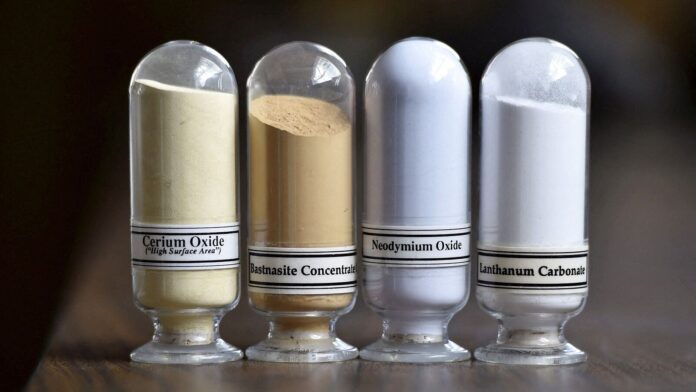In recent weeks, the US has signed multiple deals to source rare earth minerals. India too has been active as are several other nations. Mint explores the chances the world has to end China’s dominance in rare earth minerals, which have applications in smartphones, laptops, electric vehicles, solar panels, and defence equipment.
Is the US frantically hunting for rare earth minerals?
Yes. Last week, the US signed an agreement with Australia, which is keen to become a major player in the rare earth minerals space. The deal seeks to end China’s near monopoly in the global critical minerals market.
US President Donald Trump claimed after signing the agreement that in one year there would be an abundance of critical minerals and rare earths that the world would not know what to do with them. On Sunday, he signed similar deals with Thailand and Malaysia to diversify the US’s critical minerals supply chain, which is too China-dependent now.
Why this hurry?
Rare earth minerals are not geologically rare. But mining and processing them is environmentally unfriendly. As a result, for decades Western nations avoided this space and were more than happy to source these minerals from China at a low price. Over time, China mastered the art of processing these minerals and gained complete dominance.
Today, China accounts for 70% of rare earth mining and 90% of its processing globally. Problems began when China began to weaponise this dominance. It has not only restricted the supply of rare earth metals but also the technology and machinery needed to extract and process them.
How important are rare earth metals?
These minerals are of critical importance. Rare earths such as graphite, gallium, germanium and antimony are needed for manufacturing the lithium ion batteries that power electric vehicles. In fact, all modern batteries require rare earth minerals. These minerals are also needed to produce solar panels, consumer electronics goods, semiconductor chips, industrial machinery, and defence hardware such as missiles, fighter aircraft, and submarines.
Where does India stand?
India, like most other nations, does not have enough domestic supply of rare earth minerals and has been looking to source them from South America and Africa. The government has proposed a ₹7,350-crore scheme to boost domestic manufacturing of rare earth minerals.
But China’s restriction on transferring the technology and machinery needed to mine and process these minerals is a big stumbling block. Japan and Germany have the machinery but those are too pricey.
Can China’s dominance be ended?
Despite Trump’s optimism, experts are of the view that breaking China’s grip in the rare earth mineral supply chain will take time. Australia, which is looking to invest heavily and become a long-term supplier of these minerals, will take a decade to see any benefits.
According to Sydney-based Lowy Institute, the earliest a strong and transparent market for rare earths can emerge is in 2030. China’s domination, experts point out, came after decades of investment, beginning in the 1990s. Most Western nations have just started investing in the sector.
What about the costs?
That is China’s biggest advantage. No nation can produce these metals at China’s cost. It will certainly leverage this advantage to stifle competition and retain its stranglehold as long as possible.
It’s for that reason that China has restricted and not banned the supply of rare earths. This will enable it to continue selling these minerals at costs that will render new capacities unviable.
Restricting transfer of technology and low-cost machinery is another step.The Australian government has already said that buyers should look beyond the lowest available price in return for secure and reliable supply.
rare earth minerals,critical minerals market,electric vehicles,China rare earth dominance,US rare earth deals,India rare earth strategy,critical minerals supply chain,EV battery materials,rare earth processing,global rare earth market,China mineral monopoly,Australia rare earth mining
#Mint #Explainer #race #break #Chinas #rare #earth #stranglehold

